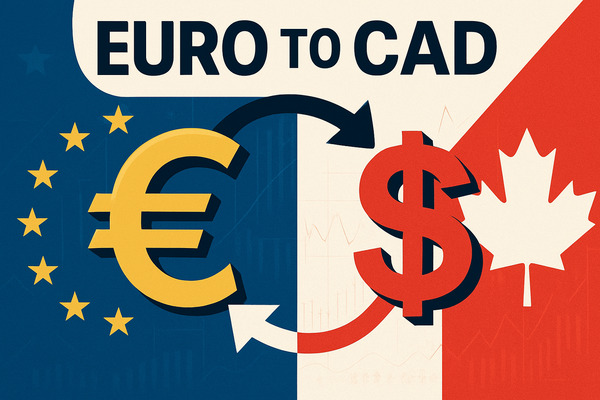The price of Crude Oil is one of the key indicators of the world economy, which has a significant impact on the economic, political, and social development of various countries and regions. In the past few decades, crude oil prices have experienced multiple fluctuations and sharp declines. Among them, the latest crude oil crash occurred in early 2020, due to various reasons. This article will introduce in detail the reasons for the collapse of crude oil, including the imbalance between supply and demand, fierce competition in the global oil market, the COVID-19 and other factors.

1. Imbalance between supply and demand
The fluctuation of crude oil prices is mainly determined by the supply and demand relationship. If there is an oversupply, prices will fall; If there is a shortage of supply, prices will rise. One of the main reasons for the sharp decline in crude oil prices in early 2020 was the imbalance between supply and demand. Due to the slowdown of global economic growth and the outbreak of the COVID-19, the demand for crude oil dropped significantly. However, major oil producing countries such as saudi arabia and Russia insist on not reducing production, leading to a global oversupply of crude oil and a sharp drop in prices.
2. Intense competition in the global oil market
The increasingly fierce competition in the global oil market is also one of the reasons for the sharp decline in crude oil prices. In recent years, shale oil production in the United States has been continuously increasing, becoming one of the world's largest oil producing countries and having an increasing impact on the global oil market. At the same time, traditional oil producing countries such as Russia and Saudi Arabia are also competing to increase production and lower prices in order to compete for market share, leading to global oil supply surplus and price decline.
3. COVID-19
The COVID-19 is one of the important factors that will cause the global crude oil price to plummet in 2020. Due to the outbreak of the COVID-19 epidemic, blockade and isolation measures have been implemented worldwide, resulting in a significant slowdown in economic activities. Important crude oil consumption industries such as aviation, shipping, and automobiles have been severely affected, resulting in a significant decrease in crude oil demand. In addition, with the spread of the epidemic, domestic oil production has also been affected, and the capacity for oil production and transportation has also been affected, leading to a shortage of crude oil supply.
4. Changes in regulations for Crude Oil Futures trading in the United States
Another factor that has led to a sharp drop in crude oil prices is the change in regulations for trading crude oil futures in the United States. At the end of 2018, the US Commodity Futures Trading Commission (CFTC) announced the lifting of trading restrictions on external investors in the New York Mercantile Exchange (NYMEX) WTI crude oil futures market. This change means that external investors can more freely enter the WTI crude oil futures trading market, leading to increased market volatility and a decrease in prices.
5. Geopolitical risks
The fluctuation of crude oil prices is also affected by geopolitical risks. In early 2020, tensions between Iran and the United States escalated, leading to increased volatility in the crude oil market. In addition, the trade war between the United States and China has also had an impact on global economic growth, leading to a decrease in crude oil demand and a decrease in prices.
6. Commodity prices
The price of crude oil is also related to changes in the prices of other commodities. For example, if metal prices rise, it may lead to oil companies reducing mining, thereby reducing crude oil supply and driving up crude oil prices.
In a word, there are many reasons for the collapse of crude oil prices, including the imbalance between supply and demand, fierce competition in the global oil market, the COVID-19, changes in the regulations of the US crude oil futures trading, geopolitical risks and other factors. With the recovery of the global economy and the advancement of vaccination, crude oil demand is expected to gradually rebound, and crude oil prices may also gradually recover.
【 EBC Platform Risk Reminder and Disclaimer 】: There are risks in the market, and investment needs to be cautious. This article does not constitute investment advice.




















